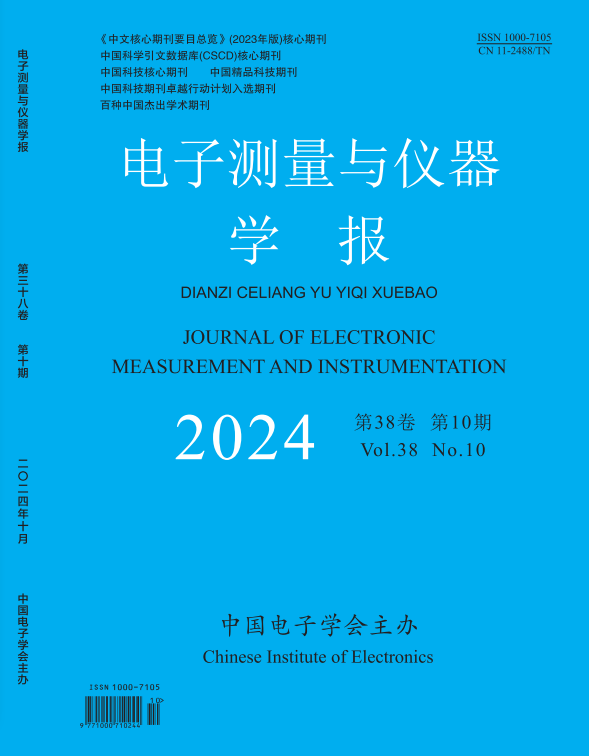2020, 34(5):122-126.
Abstract:Because of the characteristic of generating any signal programmatically, the arbitrary waveform generator is an ideal signal
source in the study of signal and system, so it is very important to traceable calibration. In this paper, a calibration system consisting of
arbitrary waveform generator, cable, adapter and digital oscilloscope is constructed. The traceable calibration of arbitrary waveform
generator is realized by using predistortion algorithm. The predistortion calibration method is based on the idea of compensation. Firstly,
a simulated ideal signal is loaded to arbitrary waveform generator, which can be traced by oscilloscope. The measured signal contains the
distortion of arbitrary waveform generator and transmission device. This distortion can be calculated by the difference between the
measured signal and the ideal signal. According to this distortion, the ideal signal loaded to arbitrary waveform generator is adjusted,
and finally it is realized that the traceable calibration of arbitrary waveform generator, and makes the signal input to oscilloscope become
an ideal signal. In practice, this is an iterative process. In this paper, the condition of the end of the iteration is designed, that is, until
it is close to the measurement accuracy of the digital oscilloscope. In order to verify the validity of the calibration method, this paper
loads 50 sine waves of equal amplitude and constant phase into arbitrary waveform generator. After three iterations, the maximum relative
error is reduced from 10. 408 9% to 2. 305 3%. This shows that the calibration method studied in this paper is effective. After
calibration, the signal source system of arbitrary waveform generator can be used as a standard signal source for the calibration of
measuring instruments.
